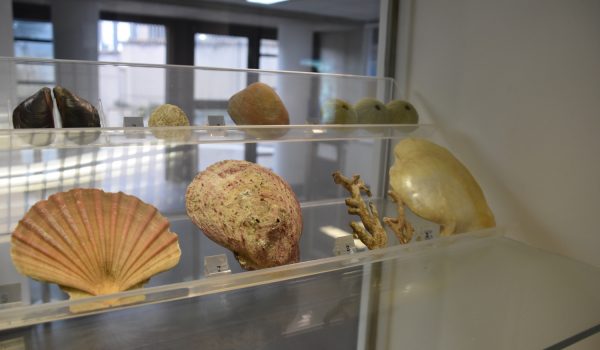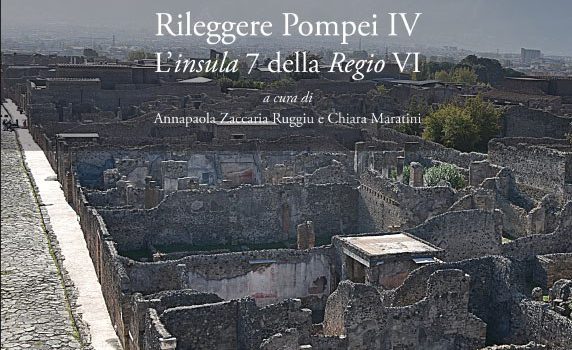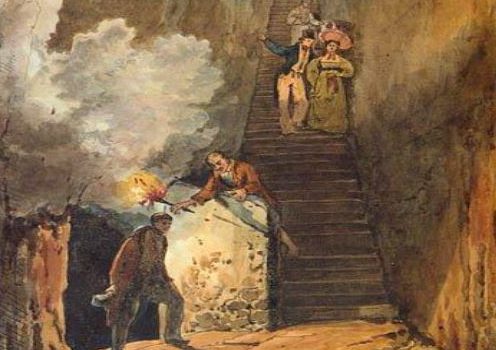Unesco Office
The serial Site 829 ‘Archaeological Areas of Pompeii, Herculaneum and Torre Annunziata’ was listed as a World Heritage Site on December 6th, 1997, based on three ‘cultural criteria’ defined by the World Heritage Committee: Criterion iii: “to bear a unique or at least exceptional testimony to a cultural tradition or to a civilization which is … keep it going









